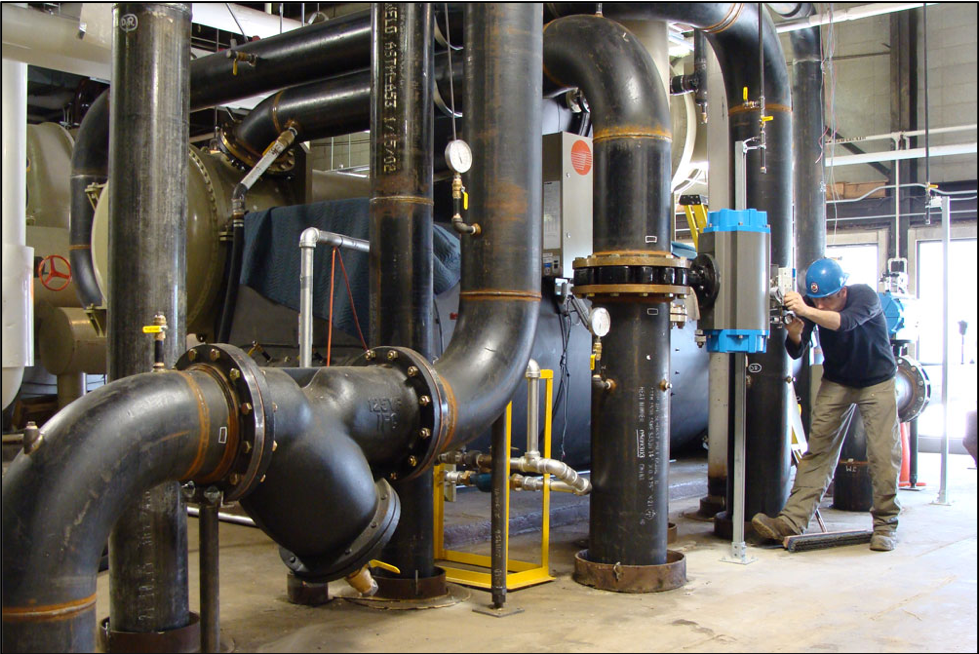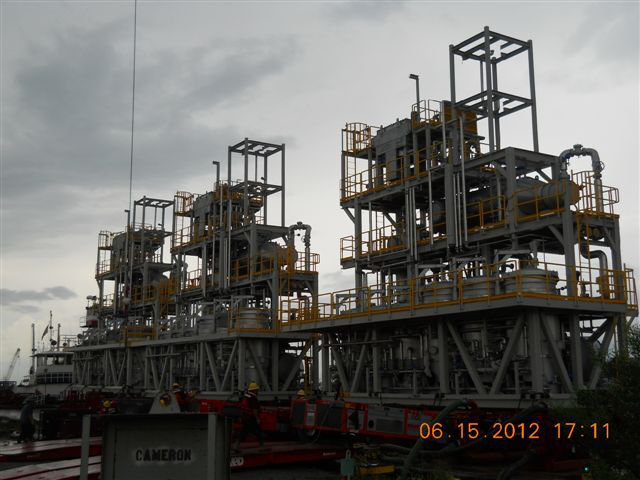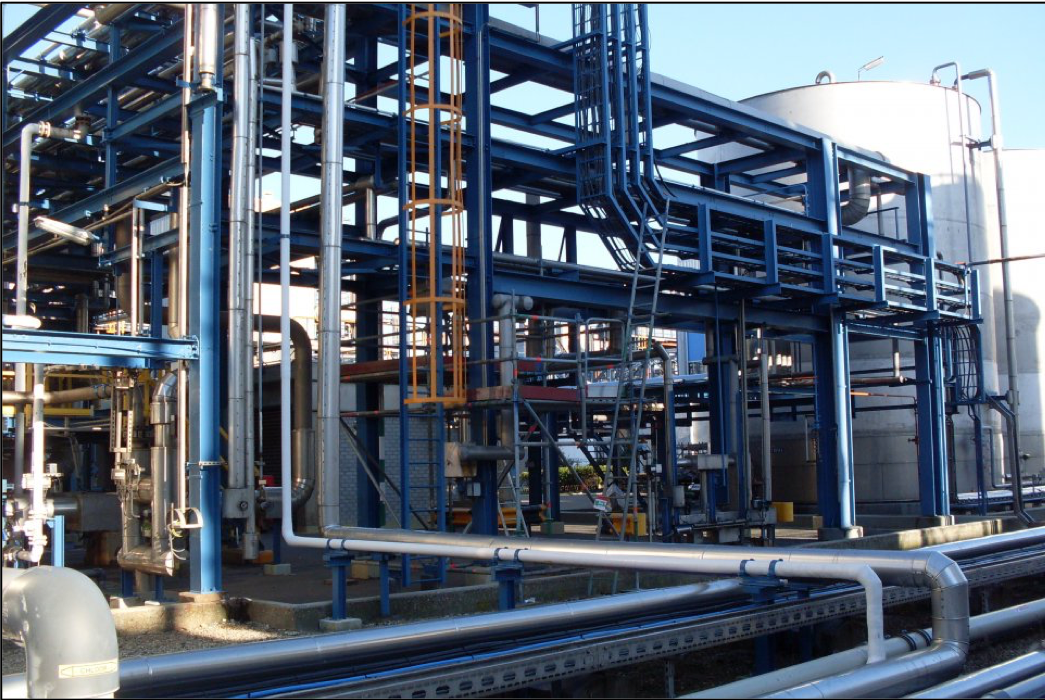When procuring large capital equipment, the manufactured and off-site integration of this equipment is just one step to ensure desired results. The client, whether working with an engineering, procurement, and construction company or buying direct, must ensure the equipment provider is well supported for a safe and effective installation. The equipment provider in turn must ensure proper personnel and available and a safe and effective installation is conducted.
Setting the Stage for Good and Safe Work
The client team typically controls the schedule for onsite activities and must communicate their schedule as timely and as accurately to the equipment provider as possible. Depending on the specialization of the support needed and/or size of the equipment provider’s staff, a supplier often needs days or weeks of advance notice to schedule their onsite support resources appropriately. Each equipment provider or supplier representative needs a dedicated point of contact from the client while on site. This point of contact should be responsible for coordinating all activities of the equipment providers’ personnel and addressing any requests the equipment provider may have to successfully perform their work. A primary concern of both client and equipment providers should be safety.
Most clients have onsite site-specific safety training that all equipment provider personnel must complete prior to beginning work onsite. Compliance with all personal protective equipment rules is always a requirement. Many clients will also require daily job safety analysis, more commonly known as a JSA, to be conducted by the equipment provider prior to that day’s work. Toolbox talks, and observation and intervention participation are common ways to ensure equipment providers follow proper safety protocol. Safety should be everyone’s primary concern when working at industrial work sites, so both clients and equipment providers must establish a strong onsite safety culture.
Challenges and Expectations
For equipment providers, it is common for clients to have expectations that the supplier makes a strong commitment to staff availability and continuity. To be successful, an equipment provider’s field staff and home office support personnel must maintain flexibility.
Even when the client is providing routine updates on forecasted onsite needs, events can transpire that require late modifications to the plan.
Weather is an example. Weather can cause delays to field activities that are hard to predict, but the client often expects the equipment providers teams to be flexible, adjust their schedules, and commit to finish. Understandably, this can be a difficult feat to accomplish when accommodating several clients. However, to be viewed as a dependable service provider, best efforts must be made to ensure continuity in support.
The client needs to take ownership and responsibility for all work performed onsite and for adjustments required to work plans whether due to an equipment supplier or other external factors that may or may not be within the clients direct control. The client must always ensure that the equipment provider may work safely, and with safe work permits as required.
The client’s team point of contact should always be fully aware of all activities being performed onsite, stewarding their progress, as well as be responsible for routinely signing daily and weekly timesheet sheets. This will ensure that cost and performance are always being tracked, kept within established budgets, and any required adjustments can be jointly discussed between the equipment provider and client in real-time.
Installation & Commissioning Support
Once the equipment has arrived at the job site, clients will often request assistance with ensuring the equipment is installed correctly. A client’s field program can often have large disconnects in activities for which they could benefit from equipment provider support. Installation may take place immediately upon receipt or equipment could be part of an overall erection sequence, and not be set in place for some weeks after delivery to site.
Mechanical installation may occur, but piping and electrical integration with the facility may occur weeks or months later. Overall mechanical completion could be finished, but energization, pre-commissioning, or startup could occur weeks or months later. The point to remember is that the larger, more complex equipment will likely require field service support to be broken up into multiple, discrete activities. As such, commissioning support for large, complex equipment can become a project onto itself.
Throughout all of these different activities, the equipment provider will likely be asked to review any or all of the following: client’s onsite lifting and installation plans, review temporary preservation provisions, and examine any other engineering calculations the client may have performed. The equipment supplier representatives will likely be requested to perform equipment walk downs, review the reinstallation of shipped loose components, and any other items that may have been disconnected for shipping and removal verification of all temporary shipping supports.
In addition to equipment walkthroughs, the supplier will often be requested to perform an SAT (Site Acceptance Test) immediately prior to or during initial energization. In many cases, the SAT is simply a variant of the Factory Acceptance Test (FAT) documentation and check lists performed earlier in the equipment order lifecycle.
This SAT ensures that equipment has transited from the equipment shop to its final installed location and has been reconnected appropriately.
In order to ensure this is performed adequately, equipment suppliers should strive to have a talented, multi-discipline field service representative on site, as both teams often do not have the luxury of having multiple vendor representatives onsite for a given order.
Most pre-commissioning, commissioning, and startup activities are led by the client team.
The equipment provider must be available and ready to help with the aforementioned technical tasks and support with troubleshooting capabilities as needed. With strong client leadership and dedicated commissioning support, a safe and long lasting installation can be delivered.




